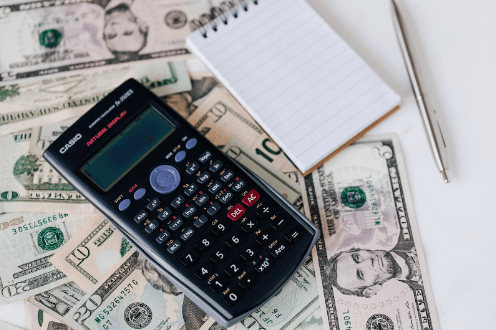As the tax filing season is approaching, it’s crucial to organize receipts, forms, and other documents. Your preparer may collect information directly or request a questionnaire. A little preparation can help you navigate the process quickly and easily. Even if you do your taxes, following these steps will help you get organized. This blog shares essential guidance for the community planning to file the tax this year. Let’s get to know.
Find a Tax Firm
To find a tax firm, ask friends and advisors for referrals and ensure they have a PTIN for federal income tax preparation. Ask about their fees, which depend on the complexity of your return, and avoid firms that take a percentage of your refund. The CRA website provides tips for choosing a preparer and a link to the CRA directory of preparers, which can be searched by credentials and location.
Get an Appointment
Schedule an appointment with a tax preparer as soon as possible to complete your return, even if you decide to file for an extension. If you anticipate a refund, you’ll receive it sooner. Waiting too long may not happen before the filing deadline, limiting opportunities to lower your tax bills, such as making a deductible contribution to a CRA or health savings account.
Re-arranging Documents
To prepare for tax, you should receive all necessary tax documents from employers, banks, and brokerage firms by the end of January. Ensure that the information matches your records on each form. Common forms include Form W-2 for job-based income, 1099 forms for other income, Form 1099-B for securities transactions, Form 1098 for mortgage interest, and Form W-2 G for gambling winnings. Brokers may not be required to mail Form 1099-B until mid-February.
Gathering Receipts
To claim a deduction, you must provide receipts for medical costs, property taxes, and investment-related expenses. The standard deduction for single taxpayers is $12,950, while for married couples filing jointly, it is $25,900. If you itemize your deductions, you must also collect any backup for charitable contributions, such as a written acknowledgment from the charity. If you have business income and expenses to report on Schedule C, you must share your books, records, receipts, and bank and credit card statements.
Planning for Refund
Tax refunds can be applied towards next year’s taxes, if you pay estimated taxes throughout the year. The government can send a paper check or deposit the refund directly into your account. Form 8888 can be used to split the refund among direct deposit choices. Inform your tax preparer of your desired method for your return.
Getting Last Year’s Return
Last year’s return can help you remember important details for a new preparer. It should show which financial institutions sent you 1099 forms, which you should use to confirm. It can also help you deduct small gifts from organizations with receipts or proof. Consult last year’s list of organizations you donated to ensure similar donations this year.
Listing Personal Information
Keep your Social Security numbers, dependents’ numbers, and other necessary information with you. Record property ownership details, such as addresses and sales dates, along with any additional details needed by your tax preparer.
Decide Whether to File for an Extension
Request an extension to October 15th for filing your tax return, but estimate your tax amount and pay it by April to avoid penalties and interest.
Concluding Thoughts
Organizing your tax records in advance saves time and money, especially if you hire a preparer. Start early for a smoother process and leave the process behind for another year. Visit the CRA’s list of steps to make tax filing easier in 2024 for more advice.








